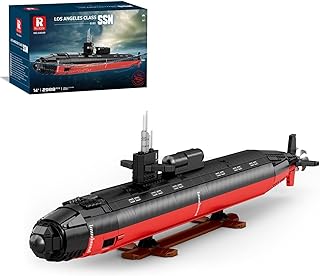Amidst discussions about the construction of nuclear-powered attack submarines, the SSN-AUKUS project stands out as a calculated risk with managed uncertainties. The alternative of switching to US Virginia-class submarines in Australia poses unexamined risks. The commitment of Britain to the SSN-AUKUS design is unwavering, emphasizing the importance of understanding and mitigating risks in complex defense projects.
James Curran’s critique of the AUKUS project in The Australian Financial Review raises concerns about its viability and the potential lack of submarine capability for Australia. However, the Optimal Pathway, endorsed by the AUKUS countries, remains the preferred course of action despite acknowledged risks.
The UK’s involvement in AUKUS is crucial for its defense strategy, particularly in the context of replacing its Vanguard-class submarines with the Dreadnought-class vessels. The construction of these submarines is progressing on schedule, highlighting the UK’s commitment to both its nuclear deterrent program and the AUKUS project.
While some may view the AUKUS project as primarily benefiting the UK, Australia’s acquisition of nuclear-powered submarines is strategically significant. The partnership with the UK not only ensures technology transfer but also strengthens global security alliances, such as NATO’s deterrence strategy.
Debates surrounding AUKUS emphasize the need to assess risks and manage uncertainties effectively. The proposed Plan B, involving the construction of US Virginia-class submarines in Australia, presents higher risks compared to the Optimal Pathway endorsed by all AUKUS partners.
It is essential to maintain confidence in the agreed plan and avoid hasty decisions that could undermine the long-term success of the AUKUS project. While uncertainties exist in any complex defense endeavor, the current risk management strategies and commitment from all partners bode well for the future of Australia’s nuclear submarine capability.
Looking ahead, the ultimate measure of success for AUKUS lies in Australia operating a nuclear-powered submarine fleet in the coming years. Despite potential challenges and unforeseen developments, the collaborative effort among AUKUS partners and the managed approach to risk suggest a promising outlook for the project’s realization.
As discussions continue and decisions are made, the focus remains on navigating the complexities of defense projects, leveraging strategic partnerships, and ensuring that the shared vision of enhancing security and defense capabilities through the SSN-AUKUS project is realized.
📰 Related Articles
- UK’s Top Restaurants Struggle Financially Amid Debt and Staff Shortages
- Robert Kiyosaki Urges Shift to Gold, Bitcoin Amid Financial Risks
- Queensland Pediatric Trauma Team Urges Safety Amid E-Scooter Risks
- Privacy Risks in EdTech Highlighted Amid Cyberattack Fallout
- OpenAI’s Sutskever Proposes Doomsday Bunker Amid AGI Risks






